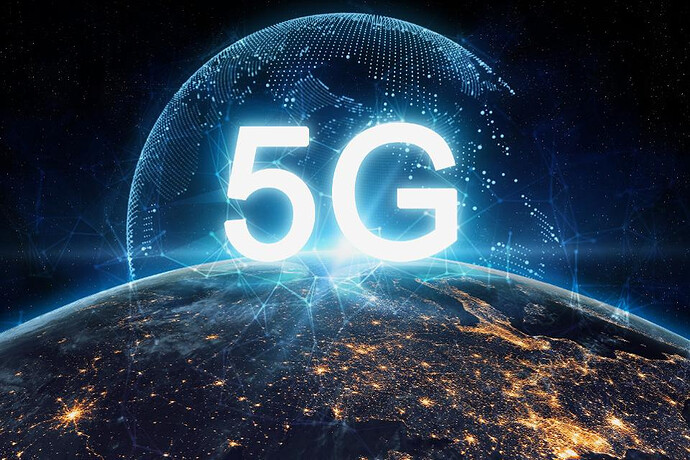image credit:www.forbes.com
Here’s what you need to at least sound like you know what you’re talking about when it comes to the next-gen mobile network.
5G is on every techie’s mind. At least, it was before the coronavirus hit. But the next-generation wireless networks continue to roll out despite the pandemic, and if you’re interested in technology at all, 5G and its baggage of technical terms will is a reality for you.
But not to fret! That’s what CNET is all about – deciphering and explaining complicated topics so you walk out looking like a mobile expert.
If you want to know everything about how 5G works, we’ve got a handy guide for you. But if you want to sound like an expert, this is the place for you.
The following is our glossary of 5G terms.
4G
Before we get into 5G, let’s talk about 4G, the network we’re on today. It stands for the fourth generation of mobile technology, and it launched in late 2010. While 3G networks primarily dealt with phone calls and text messaging, 4G was the first to really emphasize data speeds comparable to those of your home broadband connection. That data focus led to the emergence of the app economy, as well as services like Uber, livestreaming and sophisticated mobile gaming.
5G
5G, of course, stands for the fifth generation of wireless technology. If 4G brought higher speeds, 5G amps that up and allows for the better connection of more devices, including offering variable speeds based on the needs of the connected gadget. A smartphone is going to consume a lot of bandwidth when livestreaming, while an ATM needs an infrequent, but dependable connection.
Source: www.cnet.com
